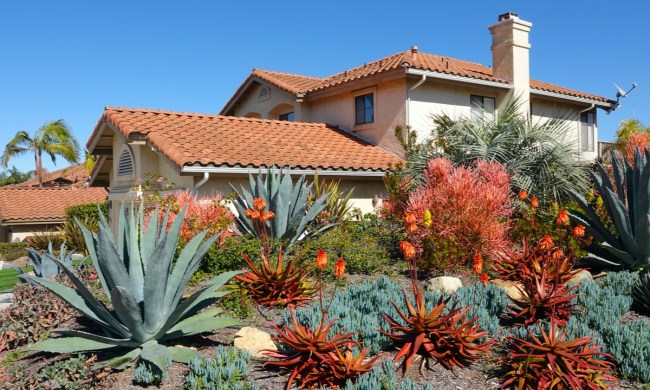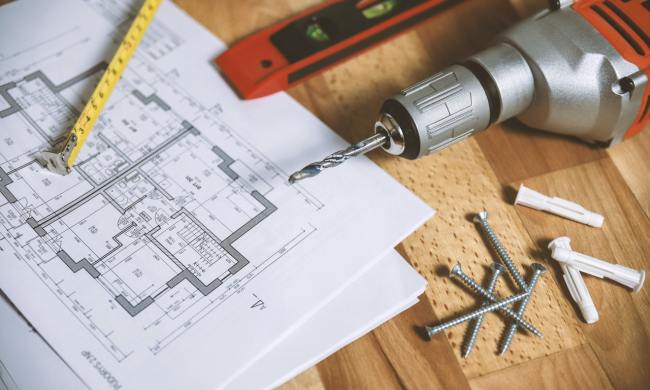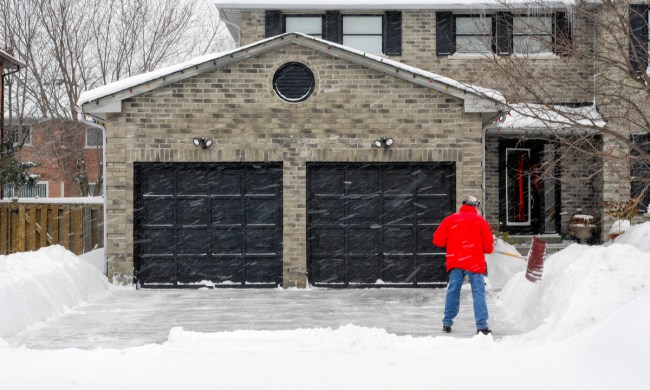If you’re caring for a lawn on your own for the first time, you’re probably overwhelmed with all of the lawn care tools on the market. It’s a big industry, but have no fear. To start with, you really only need the bare essentials to care for your yard. As you develop more of a green thumb, you’ll be able to confidently grow your collection of lawn maintenance equipment and garden tools. Four basic lawn care tools are essential when starting, and we will review them here.

Lawnmowers
The most common and widely used lawn care tool, a lawnmower, is a must-have to keep your yard looking clean and kept. There are a few different options as far as lawnmowers go. The size of your yard is the biggest factor, but you can also consider the environmental impact of each option and how well you’ll be able to physically manage using each one.
Reel mower
These old school tools require no electricity or gas, and they operate simply by pushing them through the grass. They’re actually making a comeback since they don’t pollute, and they encourage more exercise. As the wheels turn, the mower’s blades move in a scissor motion to cut the grass. Maintenance is low for this type of mower, and you simply need to clean it, lubricate it, and sharpen the blades occasionally.
Powered push mower
Powered push mowers are the most popular type of mower since they’re more convenient than reel mowers and less expensive than riding mowers. Many models are self-propelling, so you just need to guide rather than push them. Most push mowers are gas-powered and require a bit of maintenance, so yours will need its oil changed, and some things will need to be replaced occasionally, like spark plugs and filters.
Riding mower
These are the big guns. If you have a huge lawn, you’ll want to invest in a riding lawn mower since mowing a large space by hand even once a week is a big job. A riding lawn mower takes the exertion out of cutting the grass and gets the job done faster. Maintenance for these guys is fairly similar to that of a push mower, and it’s a good idea to keep them covered while they’re stored.
Trimmers
Since there are areas that a lawnmower can’t reach, every homeowner should also own a trimmer. These are hand-held devices, and their nylon string rotates at high speeds to trim down grass. You can trim corners as well as in tight spots around patios, fountains, or gardens. Maintenance is fairly easy, especially if it’s electrically powered. You just need to clean it and replace the nylon string occasionally. For gas-powered trimmers, you’ll need to change the oil and replace spark plugs and filters periodically.
Seed spreader
If you’re serious about having a beautiful lawn, you’ll want a seed spreader. These tools help you quickly and easily distribute grass seeds, pesticides, and fertilizer throughout your lawn for healthy and flourishing grass. They come in push varieties as well as hand-held crank styles. Since pesticides and fertilizer often leave behind residue, hose it down occasionally and allow it to dry thoroughly.
Leaf blower
A leaf blower is a lifesaver in the fall. Having to rake a large yard full of leaves is quite a workout. A basic model will produce a strong blast of air that will allow you to blow all the leaves on the ground into a pile so you can collect and dispose of them. Some models, however, have a vacuum function that allows you to suck up all the leaves and deposit them right into bags.
With all the bells and whistles available in lawn care tools, starting as a new homeowner can be daunting. How do you know which tools you need and which will be excessive for your particular outdoor space? Keeping your yard looking pristine doesn’t actually require an arsenal of fancy, expensive tools. Having just the basics on hand will be a great start to maintaining a beautiful lawn.



